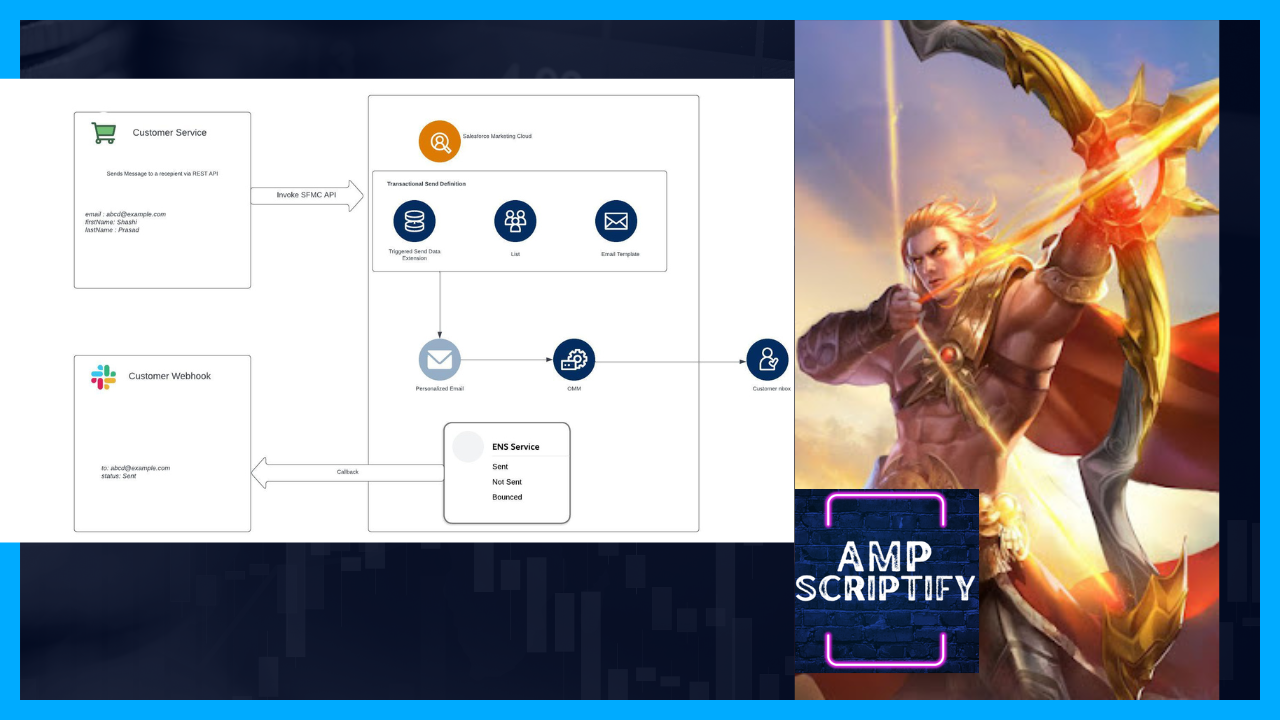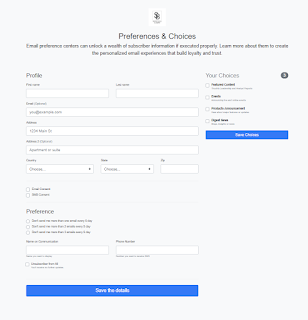Reply Mail Management and MX Records
Reply Mail Management manages replies , actions on the rules defined and route the email to the routing address. If you want to learn why RMM needs to be implemented for your marketing cloud account, click here. To configure RMM , you need to have Sender Authenticated Package configured. If you have not yet enabled SAP, raise the request for SAP or raise a request for RMM services.
The most important connection with RMM is the delegation of custom domain and sub domain to salesforce marketing mail servers. And to delegate you need to have the four NS entries in your DNS :
For RMM, you can self configure the MX records for self-hosted DNS.
Why you need to have Sender Authenticated Package enabled for RMM?
When you enable SAP , it configures SPF, DMIK and DMARC for delegating emails with OMM like any other Mail Transfer Agent and it has to lookup the DNS records for delegation to OMM.
MAIL EXCHANAGE RECORDS
What is Mail Exchange Records (MX Records)
MX records are the entries to the DNS which defines the priority of accepting email messages by the OMM (mail servers) on your behalf of your custom domain name.
For example, you bought a new domain from ISP and added users for sending emails on your behalf. Your verified users would be able to send emails if you have SPF defined in the DNS, but if you have not defined MX records in your DNS, external mail servers will not be able to deliver emails to your domains. But, you can still receive emails from internal servers. Your verified users can exchange emails without MX records in the DNS.
- MX record is used to receive emails from external domains
- Control email flow
- Load balancing
Example of your DNS entries MX records :
Domain TTL Class Type Priority Host
example.com. 1936 IN MX 10 onemail.example.com.
example.com. 1936 IN MX 10 twomail.example.com.
Domain defines where emails has to be directed to , Type should be MX , priority defines which mail server to prefer for load balancing, host defines mail servers for the domain. The host should directly map to the address records and should not point to any CNAME records.
For your tenant in marketing cloud , your custom domain MX records in DNS will look like :
$TTL1H
$ORIGIN example.com
@ IN SOA ns1.example.com hostmaster.example.com
(
2013010100 ;Serial
2H ;Refresh
1H ;Retry
2W ;Expire
1H) ;TTL
IN NS ns1.example.com
IN NS ns2.example.com
localhost IN A 127.0.0.1
IN MX 10 mailserver.example.com
;
;Delegate email.example.com to Salesforce Marketing Cloud
email IN NS ns1.exacttarget.com
email IN NS ns2.exacttarget.com
email IN NS ns3.exacttarget.com
email IN NS ns4.exacttarget.com
ns1/ns2/ns3/ns4.exacttarget.com are the mail server (OMM) for marketing cloud.
Note :
Delegation to external mail servers rather than marketing cloud mail server is possible if we self host the MX records in DNS.
Marketing Cloud has 4 mail servers for delegation of incoming emails and office 365 allows only one MX records.








Comments
Post a Comment